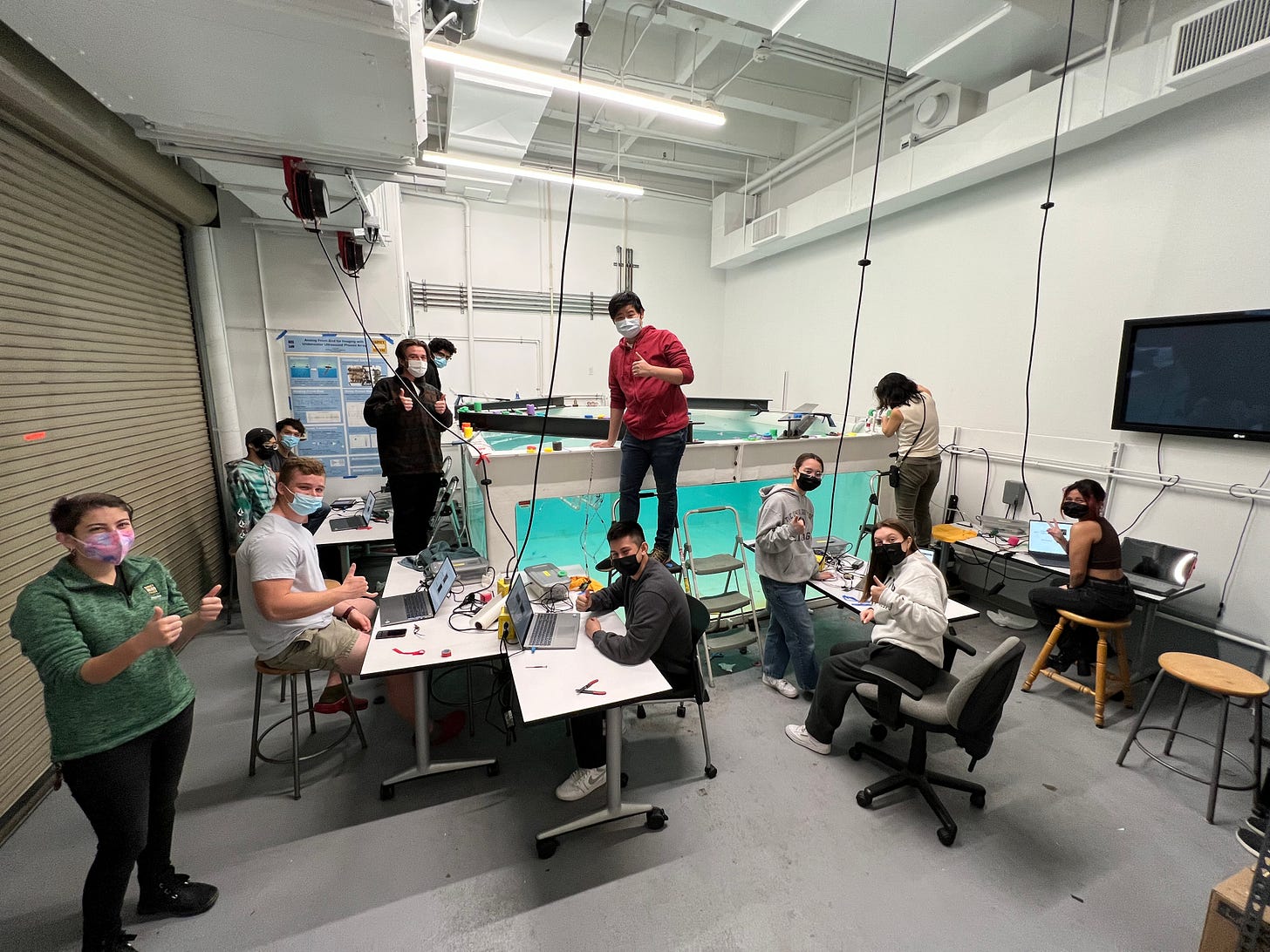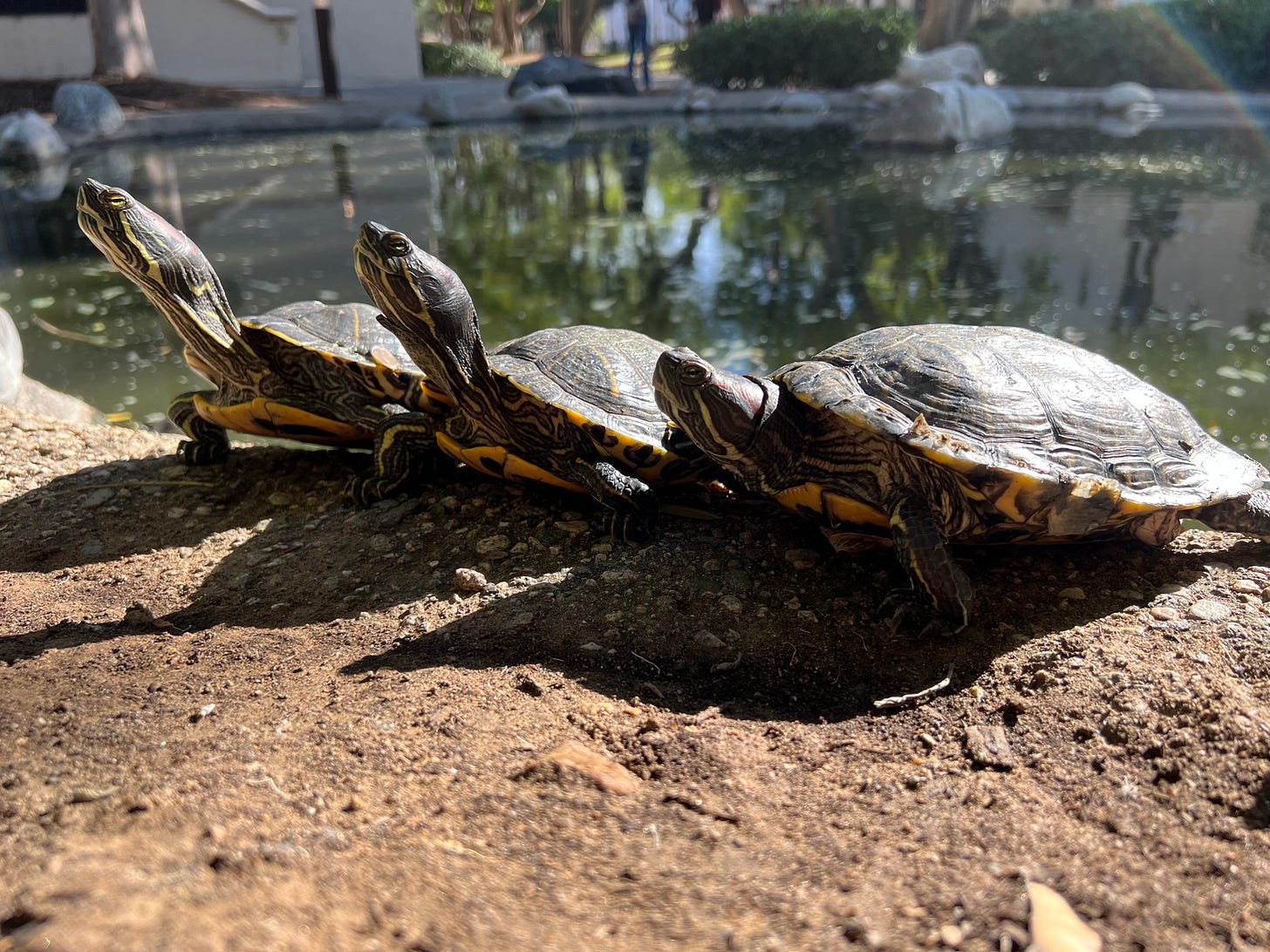Education in the World of ChatGPT
How artificial intelligence tools like ChatGPT require a redoubled commitment to strengthening the teacher-student relationship
If you've been on the Internet at all this past week, you've probably heard about the newest AI tool to emerge into the public eye – ChatGPT. ChatGPT is an artificial intelligence tool from openAI based on GPT-3.5. GPT-3.5 is a recent generation of the trained models which is designed to respond to questions, and provide human-like responses.
A tool with superpowers
The reason that chatGPT has been making so much noise because of how impressive it is. For example, you can ask it to write a poem in a particular style or give it a task with a little context or information and it will generate written output. For example, I asked ChatGPT to “Write me a haiku about engineering” and here was one of the responses I got:
Structures rise with care, Engineering minds at work, Crafting our future.
Not Shakespearean, but impressive nonetheless. Not only does it write text that makes sense, but it understands and correctly applies the rules of a haiku given only a short prompt.
While fear about AI is widespread for many reasons, I've been thinking this past week about its impact on education, particularly with the development of tools which can generate text as impressively as ChatGPT. Tools like this will become a pressing issue in the classroom sooner than we think. I suspect that even now students are using it to help them generate text for their end-of-term writing assignments. The educational issues surrounding ChatGPT are similar in kind to those we've seen with the growing power of the web. But at the same time, ChatGPT seems to be in a class of its own – it’s a superpower. It gives us great power with very little effort.
The genie is out of the bottle. The question is now, what do we do? While I’m still pondering the various facets of this complicated issue, one response is clear to me – teachers and students alike must embrace the practice of transparent teaching.
The framing of Transparent Teaching motivates fruitful learning
The growing availability of powerful tools such as ChatGPT will require educators to adapt. Teaching strategies in the vein of a competitive game of cat and mouse, ones that attempt to force students into doing what we want them to do without spending adequate time explaining the rationale, will increasingly lead to diminishing returns. The mouse just found a rocket launcher and the cat is caught flat footed with no missile defense tools.
One antidote is transparent teaching. It's hard to overstate the impact that this framework has had on me as an educator. I first learned about the concept during my time at Caltech at a seminar given by Mary-Ann Winkelmes, the founding Director of the Transparency in Learning and Teaching in Higher Education (TILT Higher Ed) project. The main goal of transparent teaching is simple: to promote students’ conscious understanding of how they learn. This framing means that as educators we need to be clear not only about what we hope our students are learning but also about how and why.
Implementing transparent teaching in an assignment is not particularly challenging. An easy way is to provide explicit learning goals for each assignment and share information about research supporting the efficacy of particular modes of learning that are used in a course. For example, at the top of each of the lab assignments for my E155 course, I have a short section explaining the key learning goals for each lab. These help to communicate to the student why I am having them do this particular task in a specific manner. For the overarching course goals, I spend a page or so in my syllabus outlining the learning goals for the course and my teaching philosophy.
But to be successful, transparent teaching must rely on a strong teacher-student relationship. We must remember that students are not simply widgets in the educational machine, being minted by their teachers. Instead, the learning process is more akin to that of a plant growing, needing consistent nurture over time to enable its flourishing.
Of course, the involvement of the student is also critical in this process. Without a good faith effort to follow the lead of the teacher, learning will be faltering at best. And student feedback closes the loop and helps the teacher to adapt and tailor the curriculum to the needs of the student.
In a world where the superpowers provided by technology such as AI are simply a click away, we must (re)consider the goals of education and our educational systems. Does ChatGPT have a role in education? I think so. But we must be thoughtful about what its role is and consider its impact on the process of learning. We must strive in good faith to strengthen the student-teacher relationship, seeing that a collaborative instead of competitive framework is the best way for all involved to grow and thrive in the process of teaching and learning.
The Book Nook
This week I pounced on a price drop and picked up Steal Like an Artist by Austin Kleon. Those of you who have been around for a while know that I am a huge fan of Austin’s work and have read a lot of his writing. Steal Like an Artist is his most well known book and for good reason – it’s got a lot of great tips for being more creative.
What resonated most with me were his chapters on starting before you know exactly where you are going (“make things, know thyself”) and how to learn from others by copying their work in order to see the world from their perspective.
Highly recommend Austin’s books as a good stocking stuffer for your creative friends!
Quotes that Resonate
On stealing:
We’re talking about practice here, not plagiarism – plagiarism is trying to pass someone else’s work off as your own. Copying is about reverse-engineering. It’s like a mechanic taking apart a car to see how it works.
On the purpose of copying:
You don’t want to look like your heroes, you want to see like your heroes.
On the value of repetition and rephrasing:
As the French writer André Gide put it, “Everything that has to be said has already been said. But since no one was listening, everything must be said again.”
The Professor Is In
This last week was focused on control systems in E79. In lab, the students use proportional control to adjust the control effort to their motor using feedback from a pressure sensor which senses the depth of the robot. The control loop computes the difference between the actual and desired depth and then multiplies that error by a constant in order to adjust the thrust of the motor and bring the robot to the desired depth. After setting up the system, the students then use that control system to measure various responses of the system to step inputs as a function of different values of the proportional control constant (i.e., instantaneously changing the desired depth from 0.5 m to 1 m and seeing how the robot responds). The photo above shows a group of students in the tank room testing out their robots and capturing data.
This week we wrap up practicum for the semester and take the students out to the lake just north of campus to launch their robots in the water and take temperature data. It promises to be a fun culmination to the semester full of learning!
Leisure Line
I’ve been eyeing a set of PowerBlocks for several years now and finally pulled the trigger on Black Friday to buy a pair when they went on a rare sale. So far I’m really enjoying them. Makes it much easier to find time to lift some weights!
Still Life
A shot of some photogenic turtles from the Caltech turtle pond this past weekend.









Such an interesting and informative article, Josh! Totally agree with you on the importance of transparent teaching. I especially like what you say here: "But to be successful, transparent teaching must rely on a strong teacher-student relationship. We must remember that students are not simply widgets in the educational machine, being minted by their teachers. Instead, the learning process is more akin to that of a plant growing, needing consistent nurture over time to enable its flourishing."
Our students need to know educators are invested in them as human beings.
ChatGPT is really something, but there have always been ways for students to cheat. If they haven't learned the lesson already, cheating doesn't help them learn...and it erodes character. The student loses and so does their community as a whole. We should remind students of this.